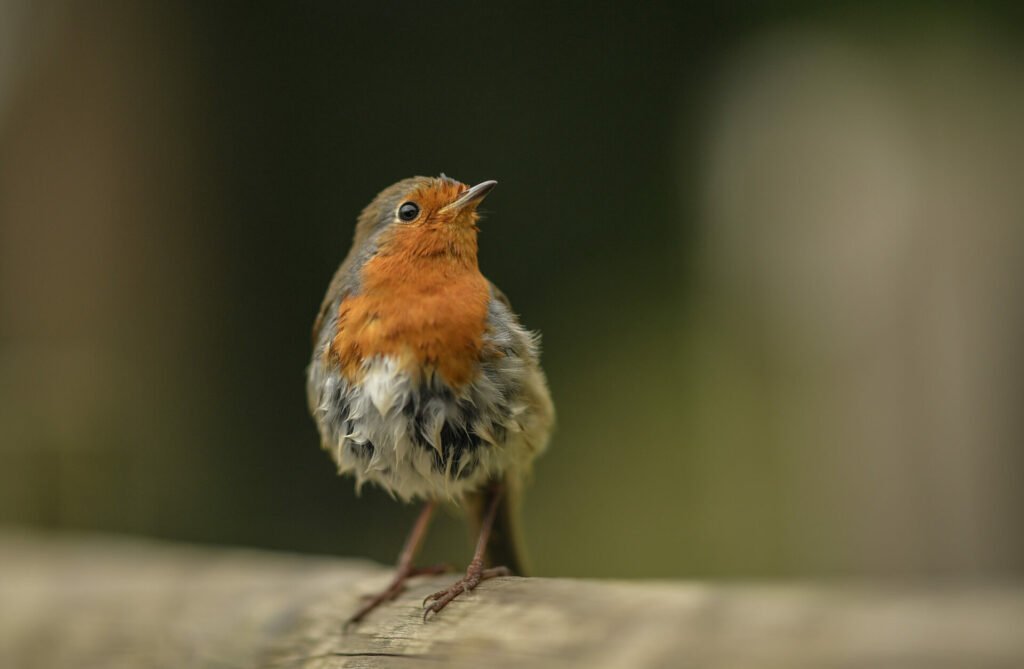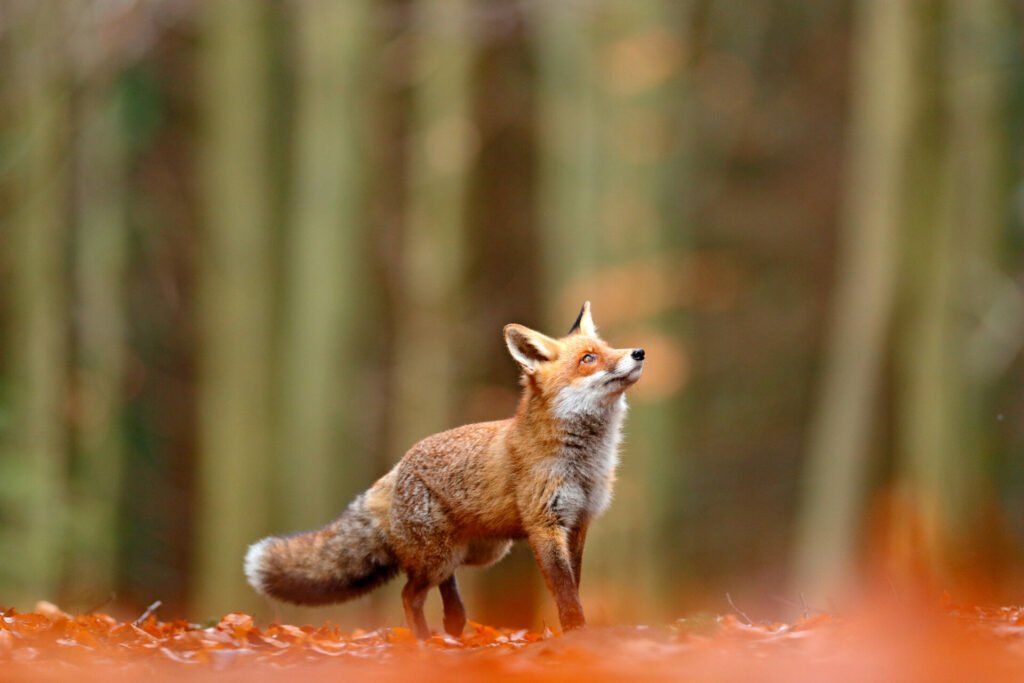Chester Zoo has created a huge new area of woodland in Cheshire. Almost 19,000 trees have been planted on the zoo’s land in Upton in Chester, transforming a low-biodiversity silage field into a major new sanctuary for UK wildlife.
Spanning more than nine hectares, it’s the zoo’s biggest habitat creation project to date and one of the largest tree planting projects to take place in Cheshire in several years. The initiative forms part of a wider wildlife corridor across the region.

Conservationists at the zoo hope the new woodland will provide a home for a variety of plants and animals, as well as improving soil health and carbon storage to help fight climate change. They say the location has been specially selected to link two smaller woods, forming one continuous woodland, which will help to improve habitat connectivity for local wildlife and increase the woodland’s resistance to pests and diseases.
A diverse mix of UK native broadleaf trees species, including oak, beech and hazel, have been planted to provide high biodiversity benefits and resilience to climate change, while the layout has been designed to include meadow rides and glades which will help species such as butterflies, small mammals and birds.


Woodland once covered large areas of Cheshire. However, this important type of habitat has reduced considerably from much of the county due to development projects – namely from the building of houses, growth of infrastructure such as railways and roads, agricultural expansion, pollution, invasive species and disease. Nationwide it is also limited to small patches dotted across the country, making it one of the most endangered habitat-types in the UK.
Dr Simon Dowell, Director of Science and Policy at Chester Zoo, said
“Woodland cover in Cheshire is significantly lower than the national average. That’s why it’s so important, and so exciting, to have created such a valuable new habitat here at the zoo.
“Once established, this woodland will provide a richer and more diverse habitat for a range of species, drawing in the likes of green woodpeckers, badgers, harvest mice and butterflies such as the speckled wood.
“Its location was carefully chosen to link two existing but much smaller woods, forming a continuous woodland which spans almost 13 hectares in total. With hedgerows adjacent to the woodland edge, it’ll enable wildlife to move through the landscape much more safely.
“Chester Zoo is widely known for its work to protect species in places right across the world but it’s important that we look after nature on our doorstep too. Having already established a nature reserve at the zoo, the creation of this latest large-scale habitat will deliver benefits for wildlife for decades to come, making a vital contribution to reversing the decline in biodiversity we’re facing here in the UK. This really is an amazing woodland for the future.”
The zoo’s tree planting project contributes to Cheshire West and Chester’s Nature Recovery Strategy – a plan to help wildlife thrive, improve the ecological network and target investment in nature in the region.
Tree planting is a key part of the UK government’s plan to combat climate change and reach net zero greenhouse gas emissions by 2050, with a target to plant 30,000 hectares of new woodland every year by 2025.

The woodland project is also key to the zoo’s ambitious sustainability programme, helping to deliver against its targets to be net zero in scope 1 & 2 emissions by 2030 and to achieve net gain for UK biodiversity, with 30% of zoo land managed for UK biodiversity by 2030.
Jennifer Kelly, Chester Zoo’s Head of Sustainability, said:
“The climate and biodiversity crises are intrinsically linked and must be tackled together. Woodlands and forests are critical to this. Trees absorb and store carbon dioxide from the atmosphere, as well as helping us adapt to the effects of climate change. They also have huge benefits to soil health, water and air quality and biodiversity, providing stable ecosystems where wildlife can thrive. It’s estimated that the new woodland at Chester Zoo will store around 2,400 tonnes of carbon over its lifetime, whilst providing a haven for some of our most precious UK species.
“Our new woodland will provide a lasting legacy for future generations. We’re proud to work alongside The Mersey Forest to contribute to national climate action as well as Cheshire’s nature recovery strategy, showcasing what’s possible and helping contribute to a thriving regional environment for both wildlife and people. This is about collaborating across the region, with everyone playing their part to deliver a more sustainable future.”
The woodland planted at the zoo has been funded by the Department for the Environment, Food and Rural Affairs (Defra) through the Nature for Climate Fund, and delivered in partnership with the Mersey Forest.

The Mersey Forest – one of England’s Community Forests – is a growing network of woodlands and green spaces across Cheshire, and Merseyside and one of the leading environmental initiatives in the North West. It forms part of the wider Northern Forest, where every tree planted is helping to create a network of woodland that stretches from Liverpool to the Yorkshire Coast.
Paul Nolan, Director of The Mersey Forest, added:
“The Mersey Forest Partnership has planted close to 10 million trees over the past 30 years, but we still lag well behind the national average for woodland coverage. We continue to work with landowners, such as Chester Zoo, to plant more trees and create a rich mosaic of habitats for people and nature, that is helping to boost biodiversity and capture carbon. The planting at Chester Zoo is a great example of how we can support local landowners, and we’re excited to see how successful the scheme has been.”
READ MORE: CHESTER ZOO IS THE UK’S TOP ZOO ACCORDING TO NEW TRIPADVISOR RANKINGS










